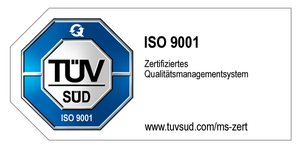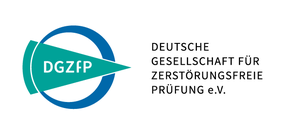Tool alignment
Tool alignment, also known as tool adjustment or tool calibration, is an important step in 3D metrology that aims to ensure the accurate alignment of the measuring tool to perform precise measurements. Proper tool alignment is crucial for obtaining accurate and repeatable measurement results and ensuring that the measured features comply with specified tolerances.
Tool alignment primarily refers to the alignment of tactile measuring sensors such as touch probes, stylus tips, or touch-trigger probes in 3D coordinate measuring machines (CMMs) or other measurement systems. These sensors are used to physically touch the surfaces of components and capture measurement data. Precise tool alignment is essential to ensure that the measured points are captured in the correct spatial position and that the geometric characteristics of the workpiece can be accurately determined.
Tool alignment is typically carried out in several steps:
- Initial Alignment: Initially, the measuring tool is roughly aligned by aligning it to known reference points or surfaces. This can be done manually or automatically using position or orientation data. The initial alignment aims to bring the tool close to the correct alignment for subsequent fine alignment.
- Fine Alignment: Following the initial alignment, the measuring tool undergoes fine alignment. Special alignment algorithms are used to precisely align the tool based on additional reference points or surfaces. This can be achieved through manual adjustments or automated processes. Fine alignment ensures that the measuring tool is in the correct position and orientation to perform accurate measurements.
- Compensation: In some cases, it may be necessary to compensate for any systematic errors or inaccuracies in the measuring tool. This can be done by adjusting calibration values or compensation parameters to correct the measurements and further improve accuracy. Compensation helps to adjust the measurements to the desired level and minimize systematic errors.
Tool alignment can be performed using both single-point alignment and multi-point alignment. Single-point alignment involves aligning the measuring tool using a single reference point or surface. Multi-point alignment, on the other hand, utilizes multiple reference points or surfaces to achieve a more accurate alignment.
Tool alignment is particularly important when measuring complex geometries or inspecting components with tight tolerances. By ensuring precise tool alignment, geometric errors such as offsets, angular deviations, or tilts can be minimized, resulting in accurate measurement results.
Various measurement techniques and procedures are employed to carry out tool alignment. These include:
- Reference Points: Known and precisely defined points on the workpiece are used to align the measuring tool. These reference points can be defined through markings, drilled holes, or specific workpiece features. The measuring tool is positioned and aligned to accurately capture these reference points and use them as a starting point for further measurements.
- Reference Surfaces: Similar to reference points, precisely defined surfaces on the workpiece are used for tool alignment. These reference surfaces can be planar surfaces, drilled holes, or other geometric features. The measuring tool is positioned and aligned to accurately capture these reference surfaces and use them as a reference for further measurements.
- Three-Point Method: This method involves using three reference points or surfaces to align the measuring tool. The measuring tool is sequentially positioned and aligned at each reference point, achieving precise spatial alignment. This method is often used for measuring complex geometries or components with multiple measurement points.
- Iterative Methods: In some more advanced measurement techniques, an iterative approach is employed to optimize tool alignment. Measurements are repeated, and the alignment is adjusted step-by-step until the desired accuracy is achieved. This allows for finer adjustment and higher precision in tool alignment.
Tool alignment has a direct impact on the accuracy and reliability of measurements in 3D metrology. Proper alignment ensures that the captured measurement data corresponds to the actual geometric properties of the workpiece. This is particularly crucial in areas such as quality control, production monitoring, or reverse engineering, where precise measurements are essential.
We find the perfect solution for your project.
Contact us if you have questions to our services in the area of 3D metrology. We are looking forward supporting you in your success.



